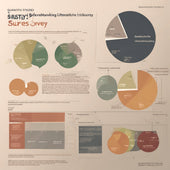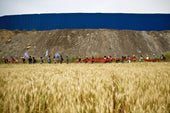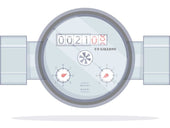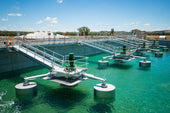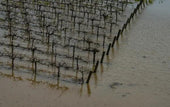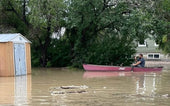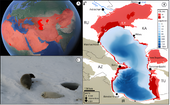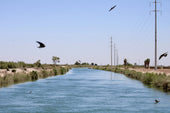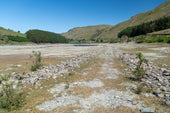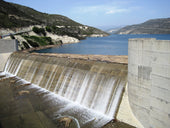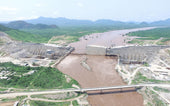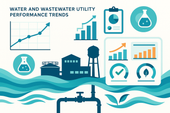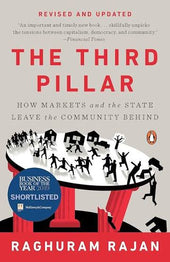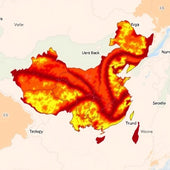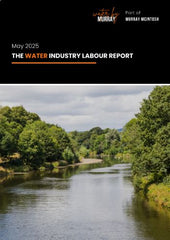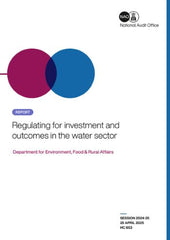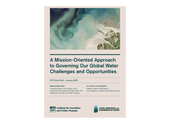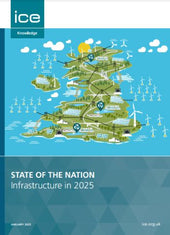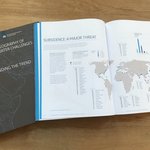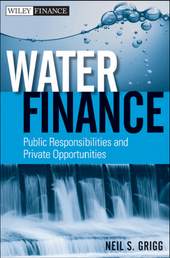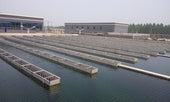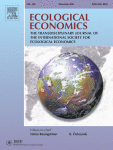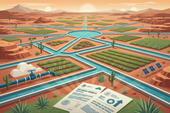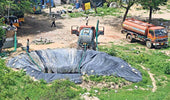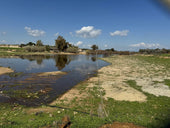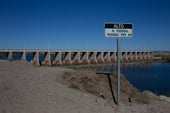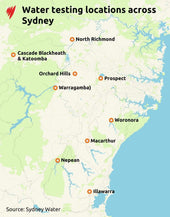
Droughts will be 35% more costly by 2035, warns latest OECD report
The progressive intensification of droughts is steadily increasing their social, economic and ecological costs. According to the Global Drought Outlook, published by the Organisation for Economic Co-operation and Development (OECD), the economic impacts of these extreme weather events are expected to increase by at least 35% by 2035, compared to current levels. This estimate illustrates not only the worsening of the phenomenon, but also its growing capacity to disrupt entire productive systems and erode the resilience of territories.
The report points out that the land area affected by droughts has doubled since 1900, and that in recent decades nearly 40% of the planet has suffered an increase in both the frequency and intensity of these events. This transformation, the authors explain, is largely due to the alteration of global climate patterns: rising temperatures intensify evaporation, reduce soil moisture and compromise the natural replenishment of aquifers. The exacerbation is such that, under a +4°C global warming scenario, droughts could be up to seven times more frequent and intense than in the absence of climate change.

The OECD warns that this phenomenon does not distinguish between industrialised countries and developing regions. While poorer areas suffer more severely from the social consequences - such as hunger, forced migration or deteriorating livelihoods - high-income countries are also exposed to heavy losses. In the United States, for example, the 2021 drought caused more than $1.1 billion in damage to the agricultural sector alone. In Europe, the summer of 2022 left losses of €40 billion. And in all cases, the pressure on water systems translates into stresses that affect everything from power generation to river navigation.
One of the most alarming data in the report is the state of aquifers: 62% of those monitored show sustained declines in their levels, a symptom of overexploitation that compromises water security in the medium term. This is compounded by soil degradation, loss of plant productivity and deterioration of essential ecosystem services such as climate regulation and water filtration.
62% of monitored aquifers worldwide show a sustained decline in their levels, and depletion rates could double by the end of the century
Although climate models agree on a clear trend towards an increased risk of drought, the report stresses that significant uncertainties remain regarding its magnitude and distribution. Projections generally point to declining river flows and water tables in many regions of the world, especially those with intensive water resource management. It is estimated that, if current trends continue, aquifer depletion rates could double by 2100. Similarly, while some models predict a slight increase in flows in areas such as Canada and northern Europe, most models expect sharp declines in the Mediterranean basin and southern Africa. The variability between models, emission scenarios and local contexts - as well as divergences in the indicators and definitions used to assess drought - introduces significant uncertainty. This complexity highlights the need to strengthen monitoring systems, improve the quality of available data and link climate science more closely to water management policies.
.jpg)
Against this backdrop, the OECD proposes a framework for action based on prevention and the integration of public policies. Efficient water management, soil restoration, the reorientation of agricultural practices and the redesign of cities are, in the organisation's opinion, essential elements for building real resilience to drought. Investments in adaptation, the report notes, not only reduce the direct impact of drought events, but also offer sustained economic returns: for every dollar invested in prevention, the benefits can be multiplied by three, and even tenfold in some cases.




